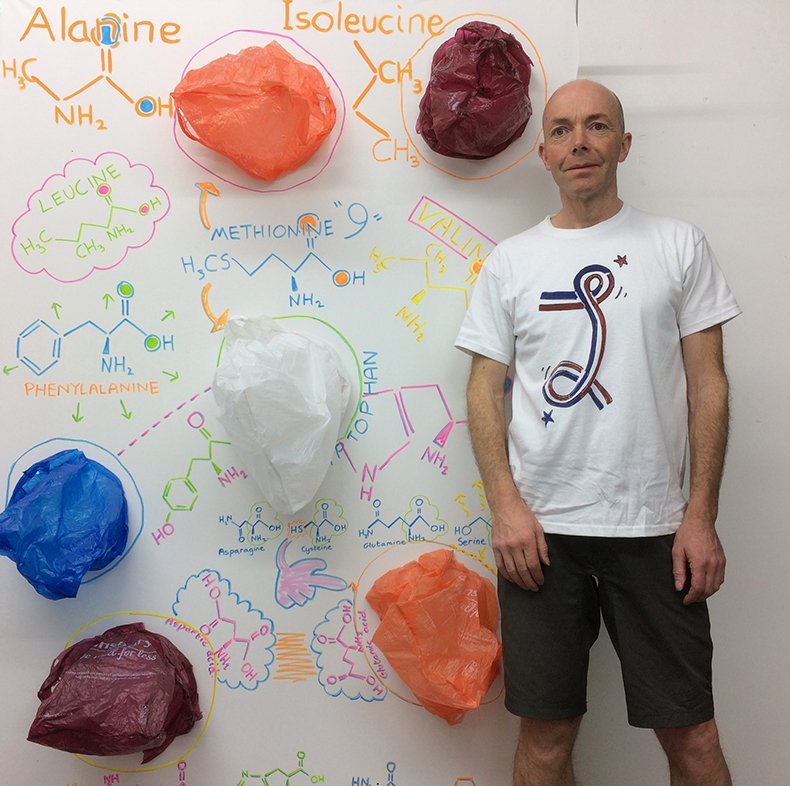
Interview with Julian Sharples
Julian Sharples lives and works in Peckham. He came to art through science, studying first at Oxford University. Julian’s work is experimental, reflecting his broad range of interests. Julian has shown at the Royal Academy, some galleries and has made artworks seen around public spaces in South London.
